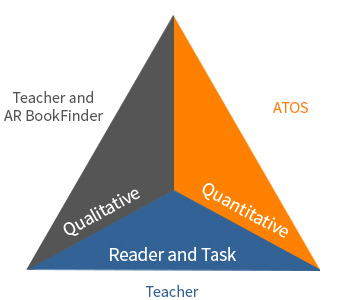What is a Lexile measure?
The Lexile Framework for Reading assesses both the reader’s level and the complexity level of the material being read. When these two measures match, a targeted reading experience occurs, resulting in growth. Renaissance has partnered with the creators of the Lexile Framework, MetaMetrics, Inc., to be able to bring Lexile® Measure into Accelerated Reader and Star Reading. To learn more, visit their website to read about Lexile measures.


